How to Wear a Wig at the Beach?(Easy Tips)
Hey! I Find the Answer!
As summer arrives, many people head to the beach for relaxation and fun in the sun. However, for wig wearers, beach outings can pose unique challenges. From concerns about salt water damaging the wig to worries about maintaining a natural look, these issues can be daunting. This post aims to address these common problems and provide practical solutions, ensuring you can enjoy your beach day without worry. By the end of this article, you’ll know how to choose the right wig, protect it from the elements, and style it to look fabulous.

Can You Wear a Wig to the Beach?
Wearing a wig to the beach comes with a few challenges. The heat, humidity, saltwater, and wind can all affect the wig's appearance and longevity. Many people wonder if it's practical or even possible to wear a wig in such conditions. The good news is that with the right preparation and care, you can definitely wear a wig to the beach and still look great.
Factors to Consider
-
Heat and Humidity: High temperatures and humidity can make wearing a wig uncomfortable. It's essential to choose a wig that is breathable and lightweight.
-
Saltwater: Saltwater can cause damage to the wig fibers, especially synthetic ones. Understanding how to protect your wig from saltwater is crucial.
-
Wind: Beach winds can be strong, potentially dislodging your wig. Securely fastening your wig is necessary to prevent any embarrassing situations.
Practical Tips
-
Choose the Right Wig Cap: Opt for a wig with a breathable cap to allow airflow and keep your scalp cool.
-
Secure Your Wig: Use wig adhesive, clips, or a wig grip to ensure your wig stays in place.
-
Wear a Hat or Scarf: Not only does this add an extra layer of security, but it also provides protection from the sun.
How to Wear Your Hair at the Beach?
Preparing Your Wig-
Pre-Wash and Condition: Before heading to the beach, wash and condition your wig using products designed for wigs. This helps in maintaining its texture and shine.
-
Detangle: Carefully detangle your wig with a wide-tooth comb to prevent knots and tangles.
-
Styling: Opt for a beach-friendly style. Loose waves or a low ponytail are practical and stylish choices.
Styling Tips
-
Keep It Simple: Simple styles are less likely to get damaged by the wind or water. Avoid elaborate styles that require a lot of maintenance.
-
Use Accessories: Hair accessories like headbands, scarves, and hats not only add style but also help keep your wig secure.
-
Consider a Wig Stand: If you plan to take breaks from wearing your wig, bring a portable wig stand to maintain its shape.
Does Salt Water Damage Wigs?
Effects of Salt Water on Wigs:Saltwater can be particularly harsh on wigs. It can strip the fibers of their natural oils, leading to dryness and tangling. This is true for both synthetic and human hair wigs.
Protecting Your Wig
-
Rinse Immediately: After exposure to salt water, rinse your wig thoroughly with fresh water to remove any salt residue.
-
Deep Conditioning: Use a deep conditioning treatment specifically designed for wigs to restore moisture and prevent damage.
-
Avoid Heat Styling: After a day at the beach, avoid using heat styling tools on your wig, as the fibers may already be stressed from saltwater exposure.

Maintenance Tips
-
Regular Cleaning: Clean your wig regularly, especially after it has been exposed to salt water. Use gentle, wig-friendly products.
-
Proper Storage: Store your wig in a cool, dry place away from direct sunlight. Use a wig stand to maintain its shape.
Which Type of Wig is the Best for the Beach?
Synthetic vs. Human Hair Wigs
-
Synthetic Wigs: These are more resistant to elements like sun and saltwater. They are also low maintenance and retain their style well. However, they can be less breathable and may not offer the same natural look as human hair wigs.
-
Human Hair Wigs: These offer a more natural appearance and are breathable. However, they require more maintenance and can be more susceptible to damage from saltwater and sun exposure.
Wig Construction
-
Lace Front Wigs: These wigs provide a natural hairline and are breathable, making them a good option for the beach. However, they may require more secure attachment methods.
-
Monofilament Wigs: These wigs offer a natural look and allow for versatile styling. They are also breathable and comfortable for extended wear.

Recommended Beach Wigs
-
Short Styles: Shorter wigs are easier to manage and less likely to tangle in the wind.
-
Wigs with UV Protection: Some wigs come with built-in UV protection to shield the fibers from sun damage.
Practical Tips
-
Consider a Wig with Adjustable Straps: This ensures a snug fit and adds security against strong beach winds.
-
Use Wig Care Products: Invest in products that provide extra protection against the elements, such as UV sprays and deep conditioners.
Conclusion
Wearing a wig to the beach is entirely possible with the right preparation and care. By choosing the right type of wig, securing it properly, and protecting it from the elements, you can enjoy your beach day without worry. Remember to rinse your wig after exposure to saltwater, use protective products, and opt for simple, beach-friendly styles. With these tips, you can confidently wear your wig at the beach and look fabulous.


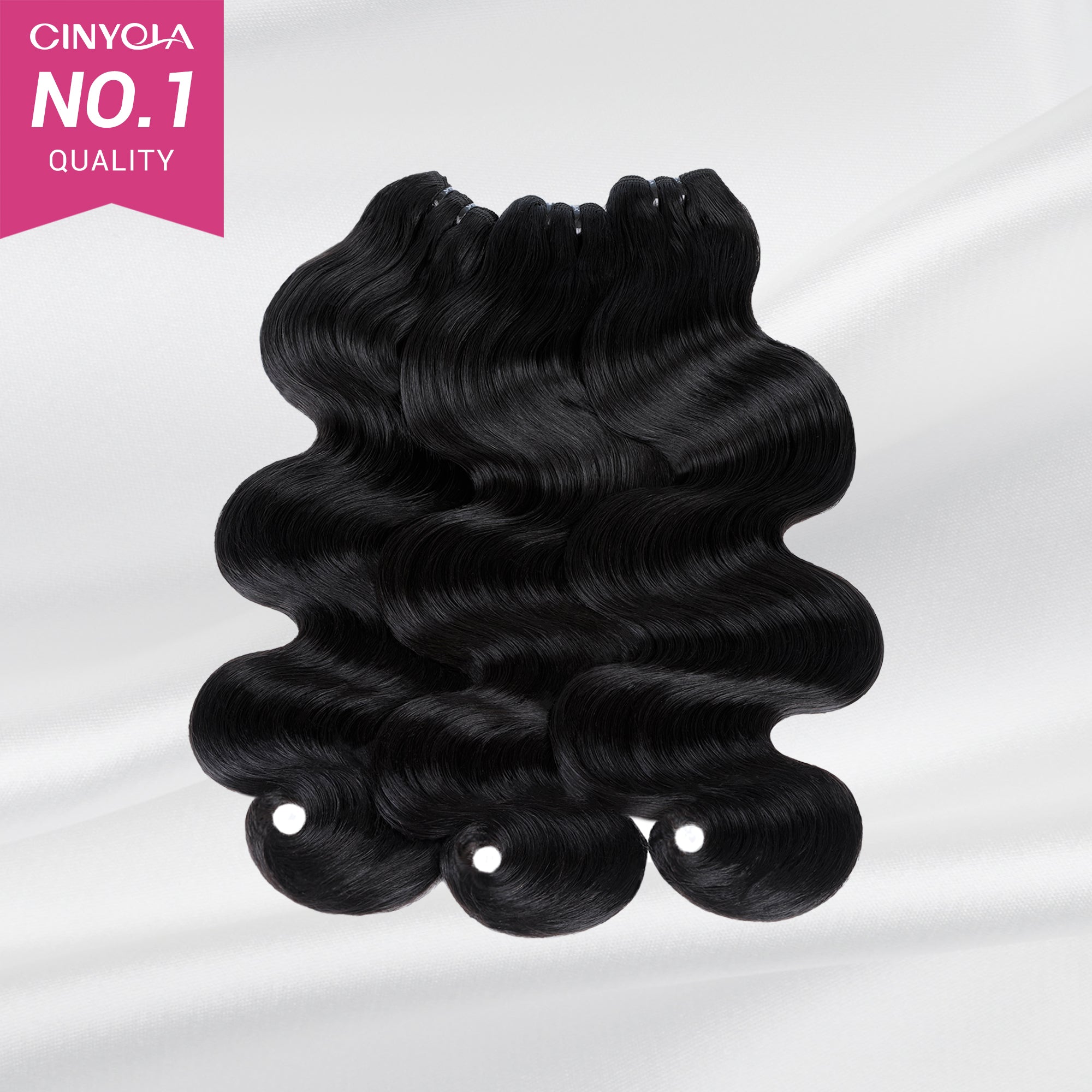

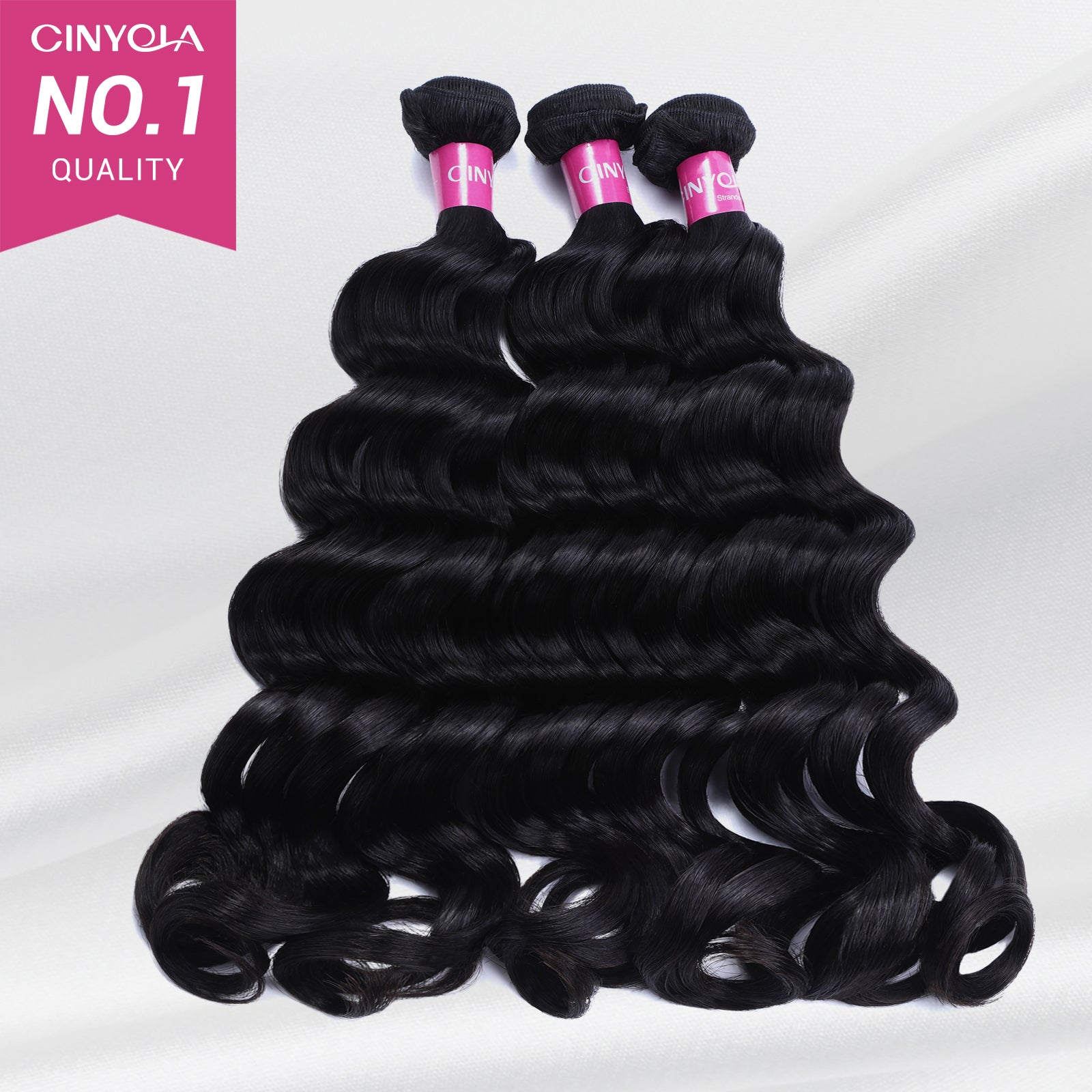

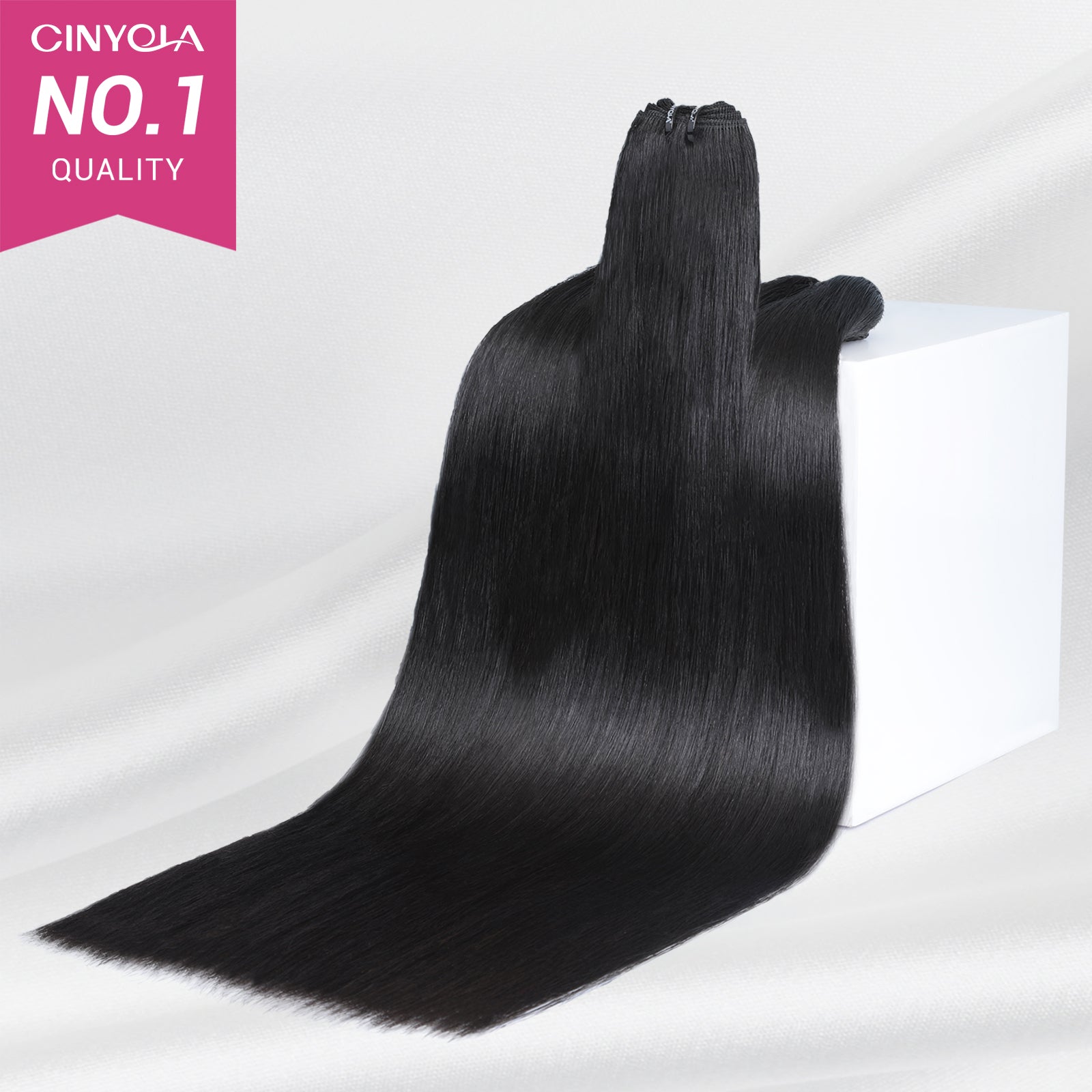



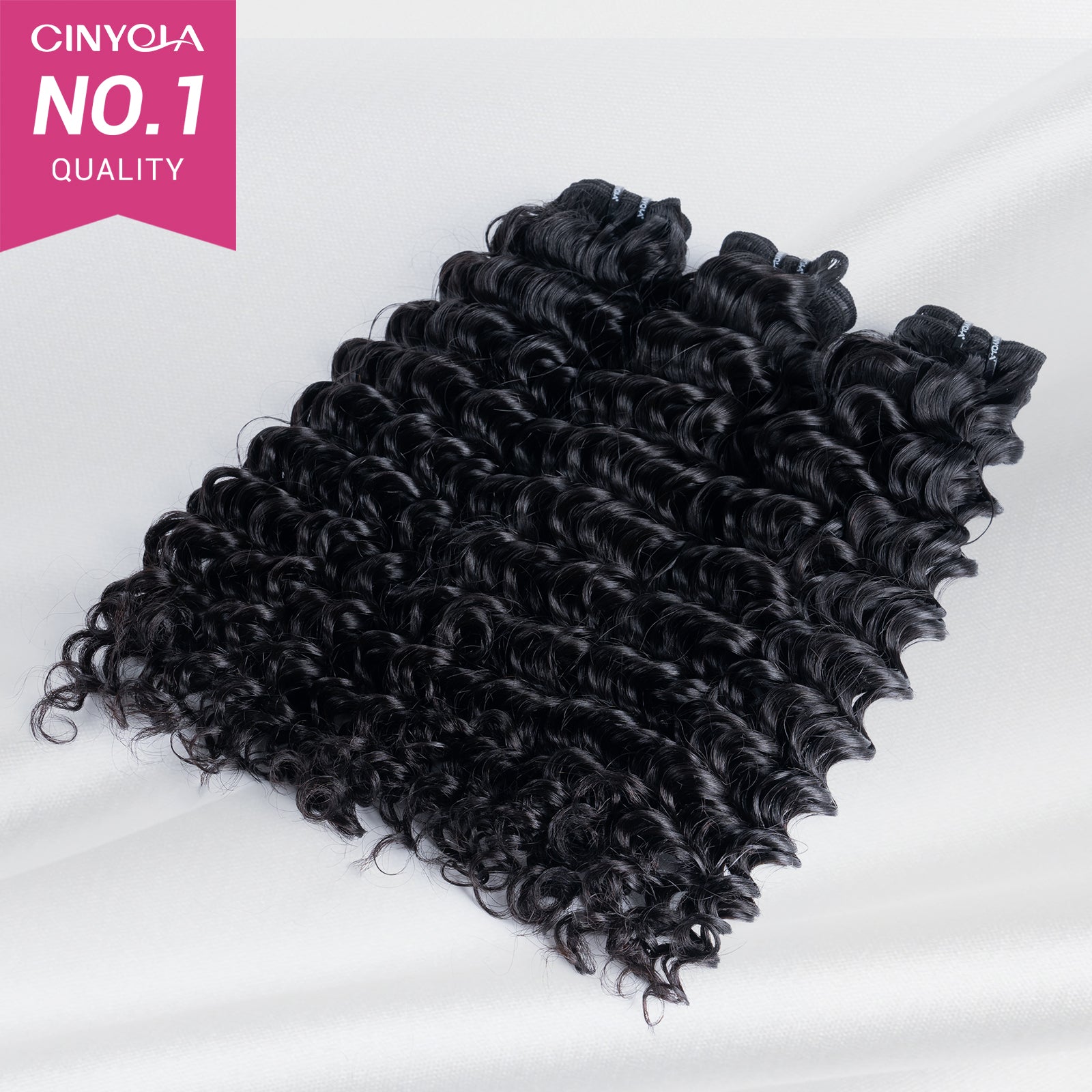

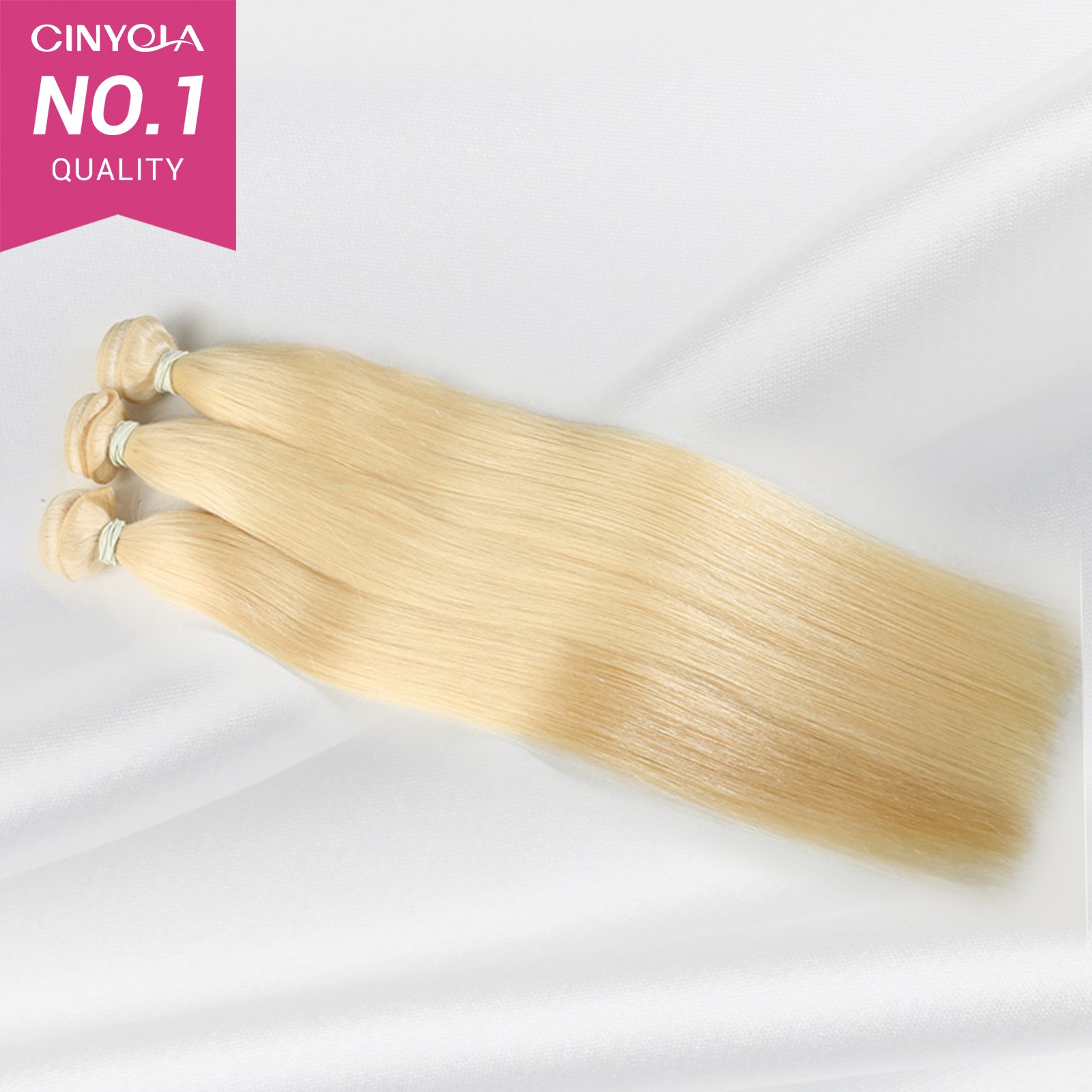

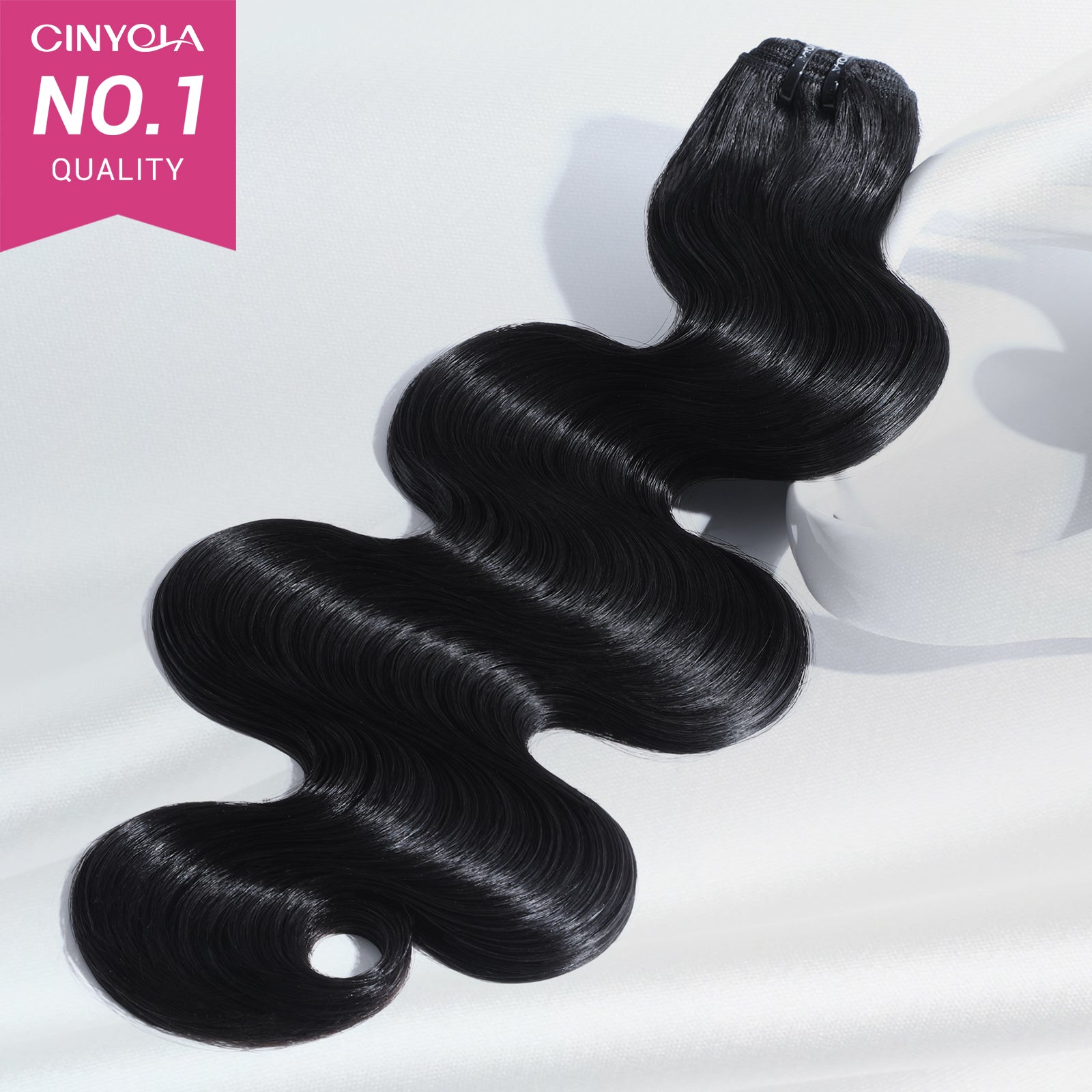

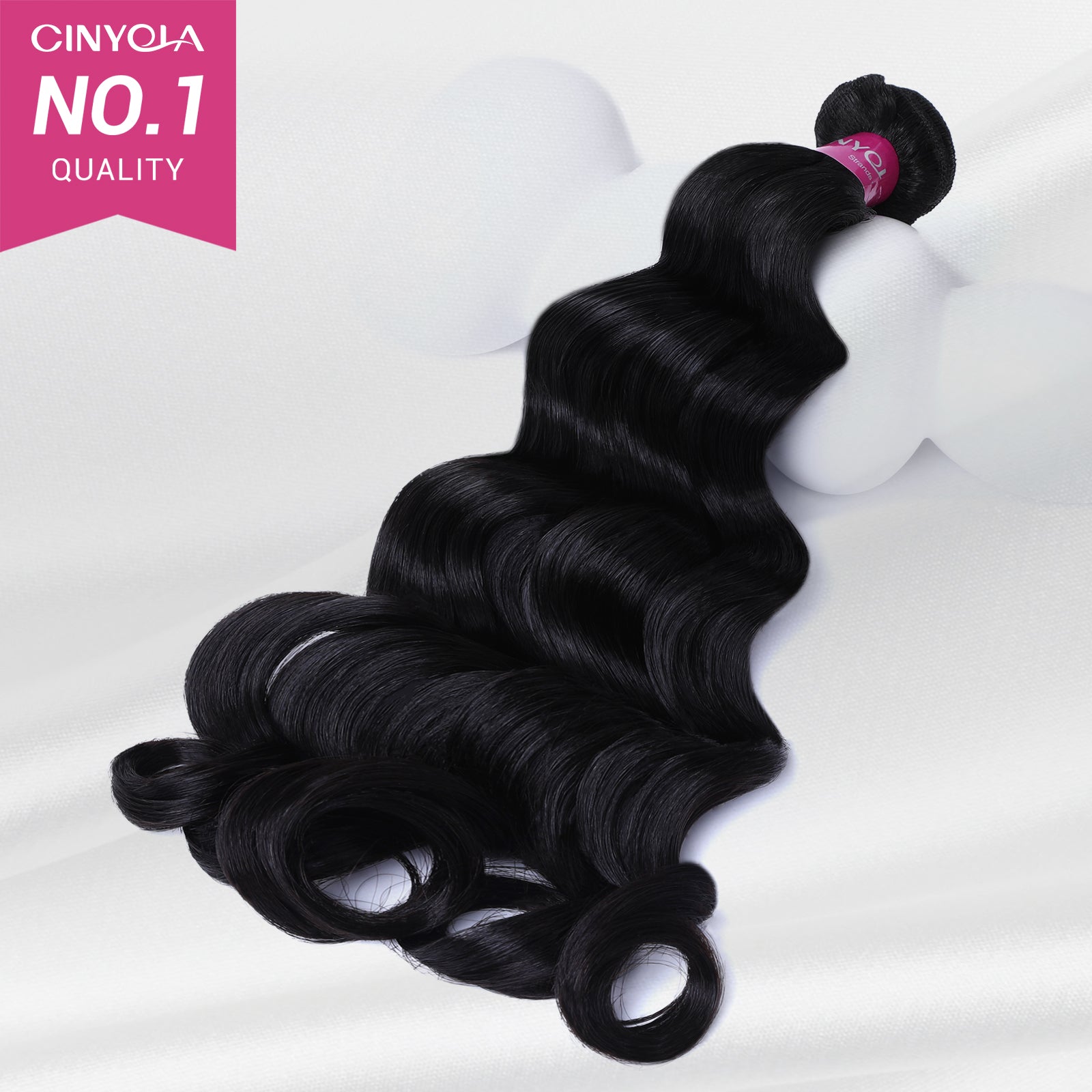



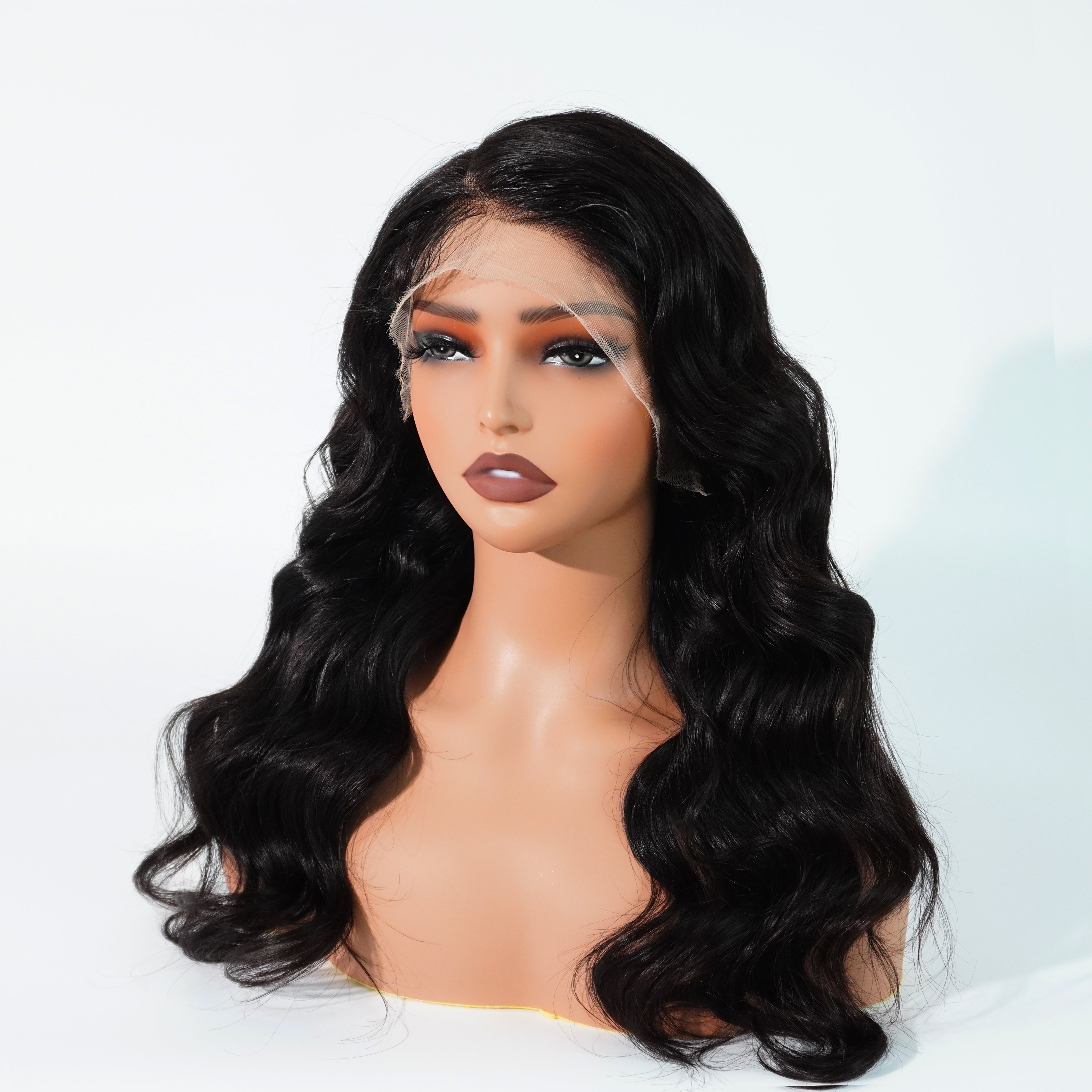

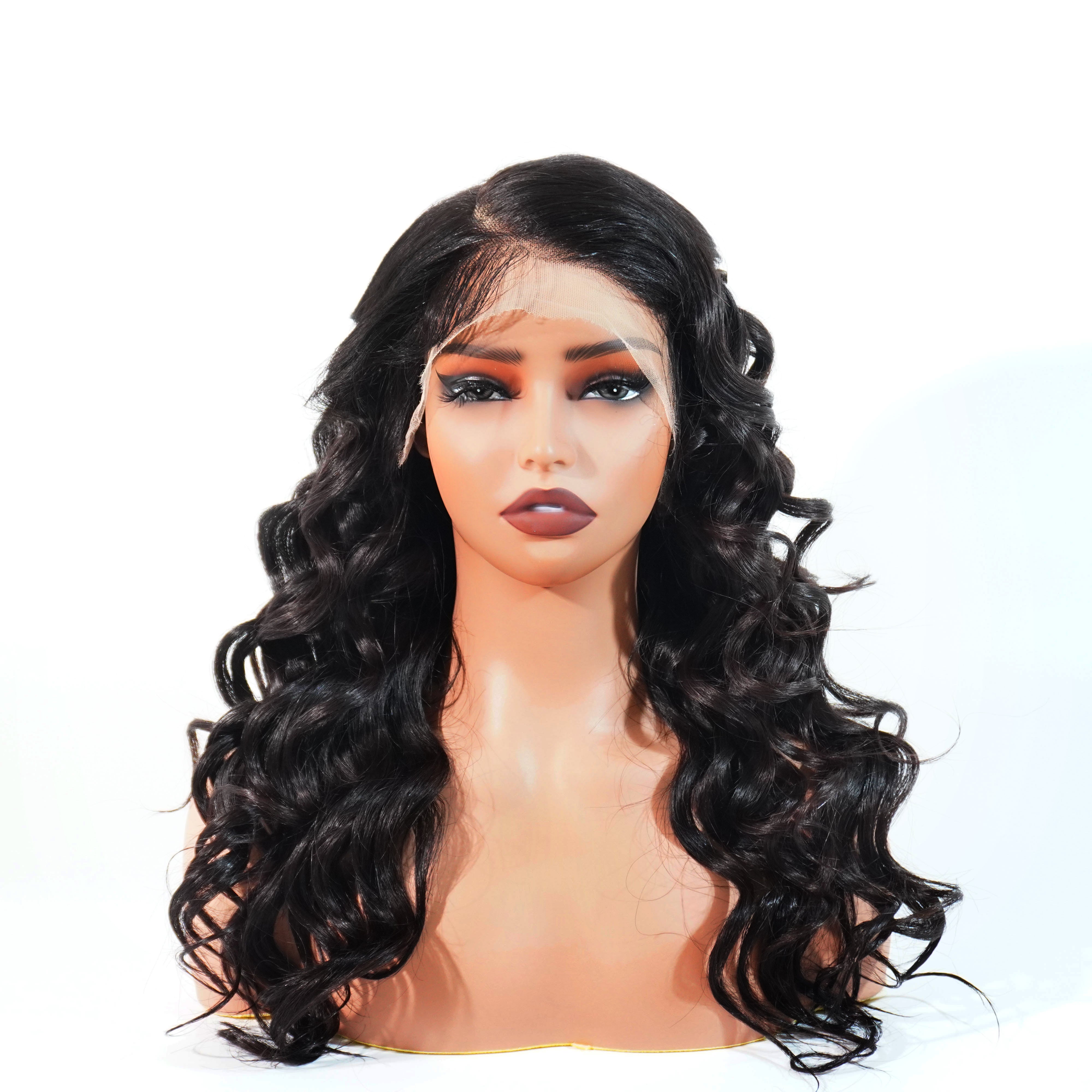

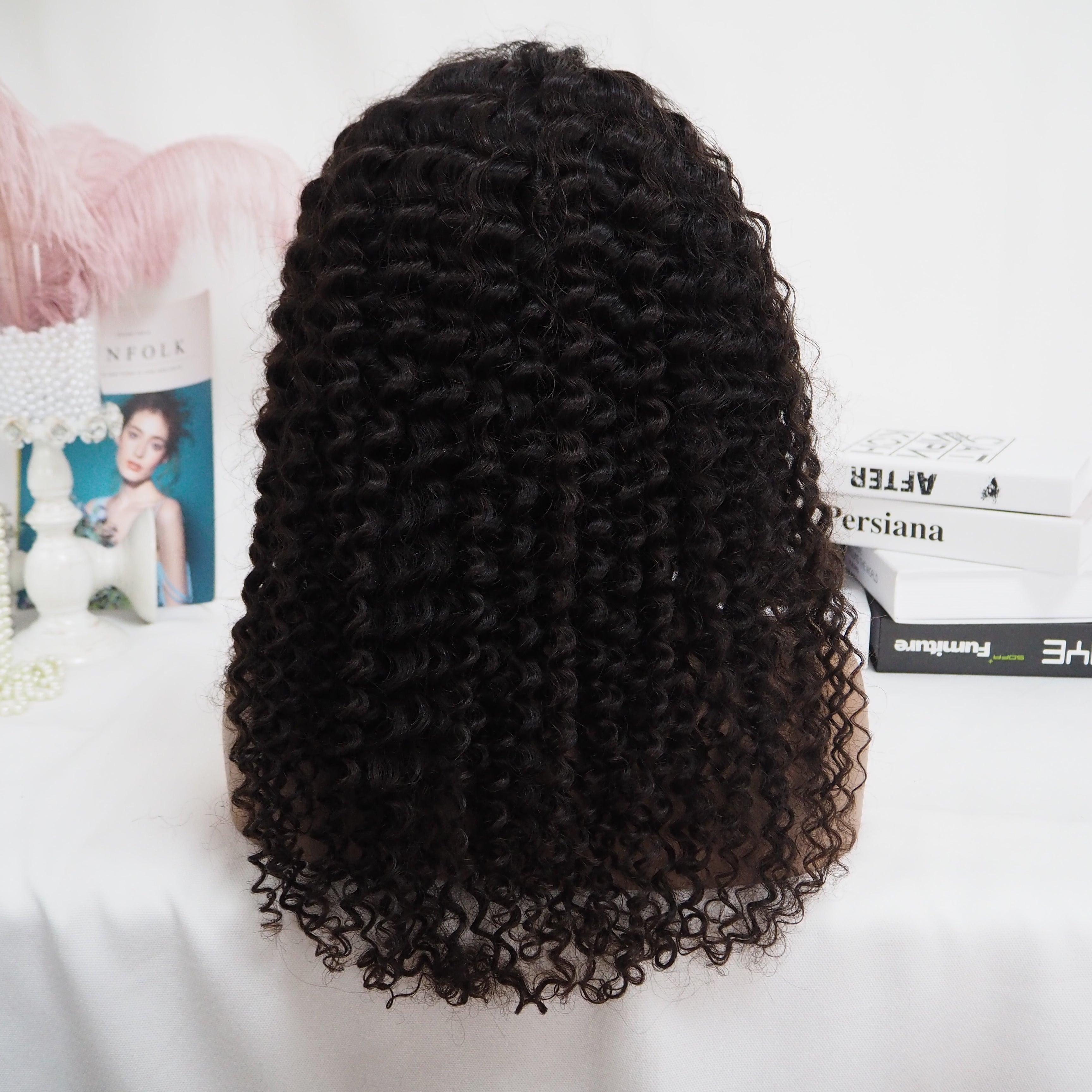

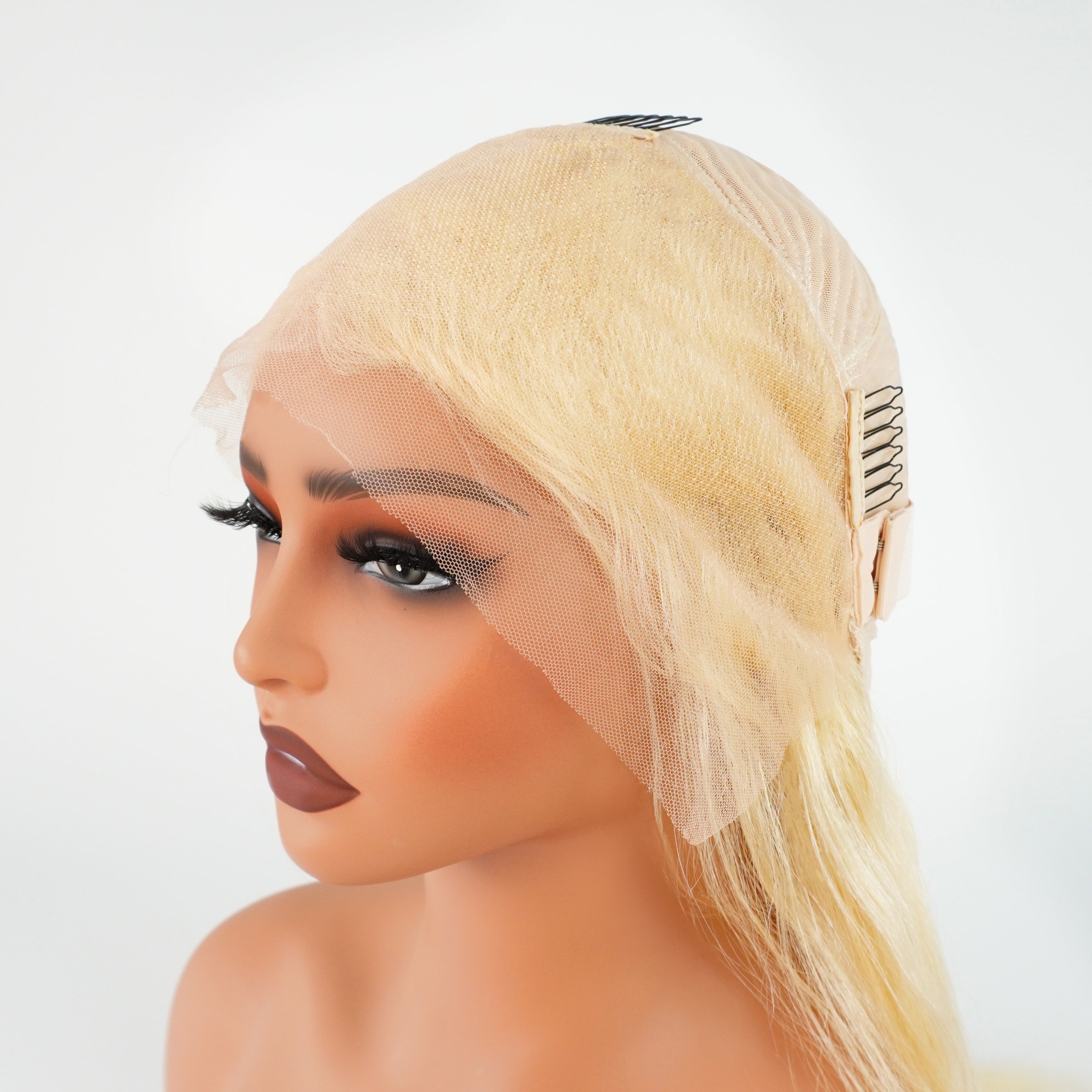



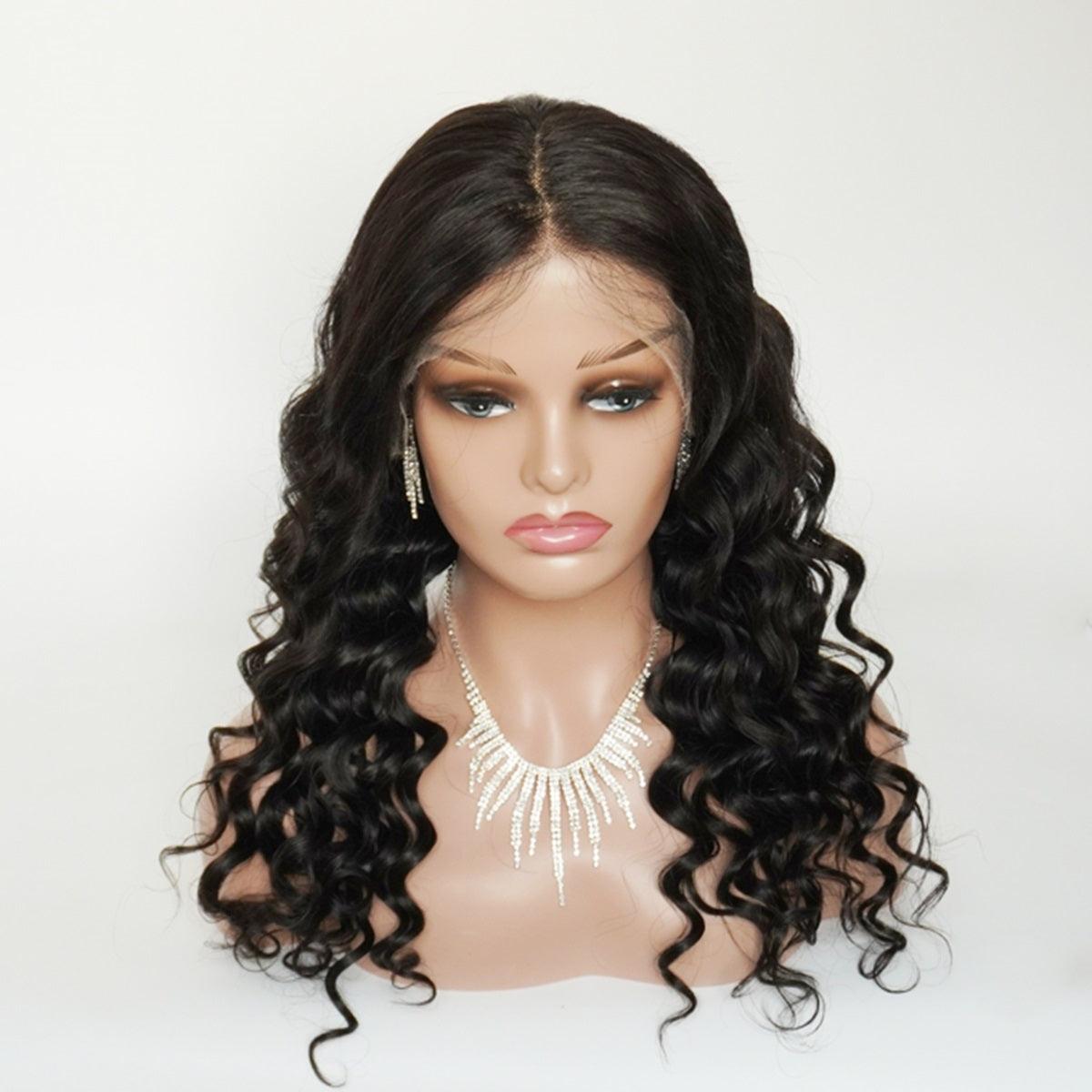

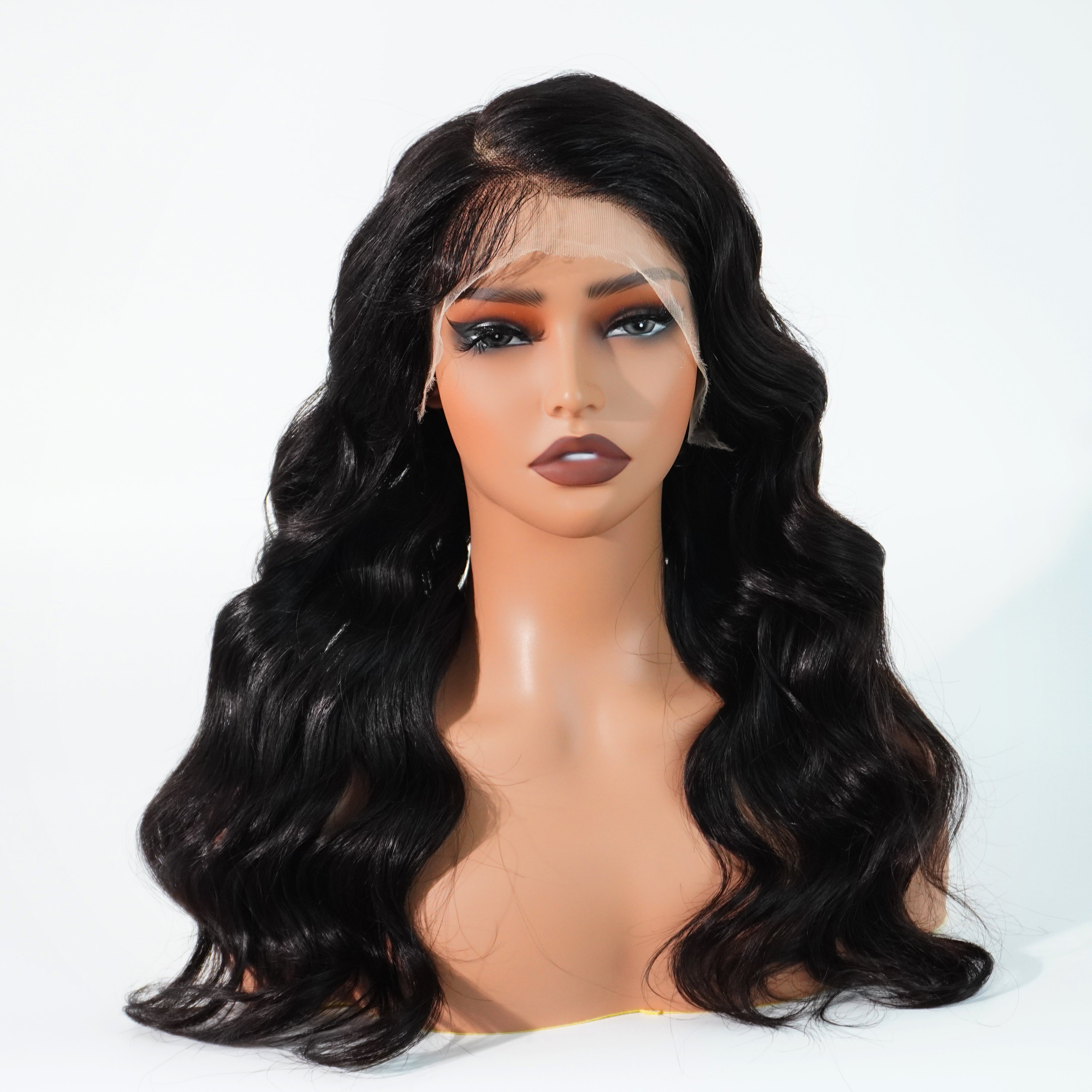

Leave a comment
This site is protected by hCaptcha and the hCaptcha Privacy Policy and Terms of Service apply.